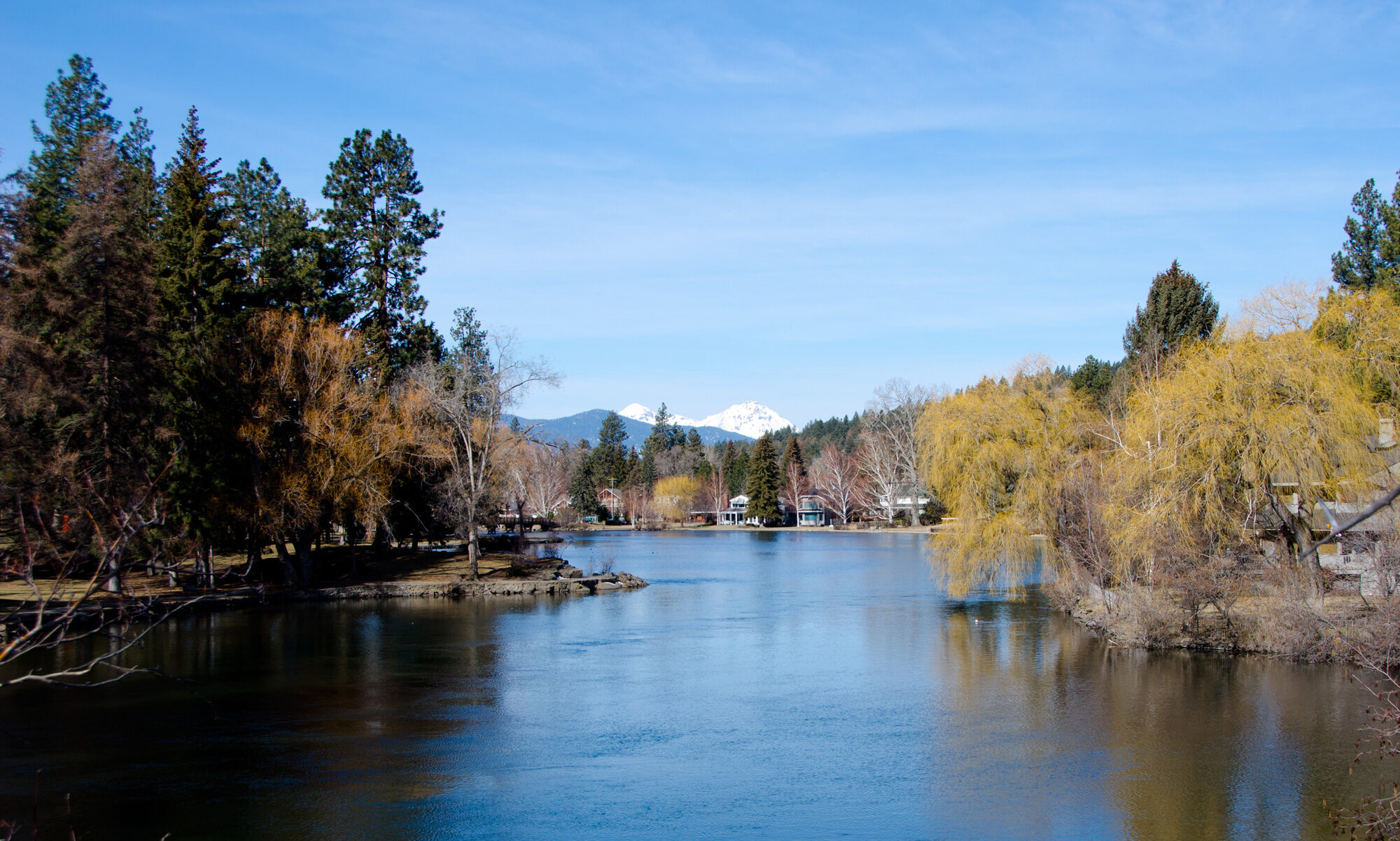It might take a new — and possibly permanent — tax to prevent Bend’s 101-year-old Mirror Pond from becoming speckled with mud flats.
The manmade water feature, located downtown along Drake Park, has sedimentation problems caused by silt flowing down the Deschutes River and settling on the bottom of the pond.
After several years of false starts and delays, officials thought they were closing in on a possible fix to the problem. But as a consortium of local businesses and governments prepares to sign a contract to fully study the various alternatives, it has discovered another snag.
It doesn’t have any money. Not even enough to pay for the study.
“We’re at a juncture we knew we were going to come up against,” said Michael McLandress, the project manager hired to oversee the current Mirror Pond alternatives analysis. “This is the albatross we’re all trying to negotiate with. How do we find a funding mechanism that will create long-term sustainable funding for Mirror Pond?”
Now discussions have reverted to forming a special taxing district that would collect property taxes to pay for the upcoming study. That money would also be used to pay for whatever fix the study calls for, in addition to setting money aside for future Mirror Pond maintenance and projects.
“It’s still very early in the discussion stages, but the idea would be to have a Mirror Pond tax district on the May ballot,” McLandress said. “We are just trying to determine if that’s even feasible at this stage.”
McLandress was hired last year after the city of Bend, the Bend Park & Recreation District, Pacific Power, William Smith Properties Inc. and the nonprofit Bend 2030 all decided to pool some resources to do a proper analysis of what should be done to Mirror Pond.
That analysis would piggyback on a 2009 study and also include wide-ranging community input that would be combined with a scientific analysis of various options to remove sediment from the pond.
Those options could include anything from leaving the pond as it is and allowing it to fill with sediment to removing the Pacific Power dam near the Newport Avenue bridge and allowing the river to flow free.
Previous discussions have focused on dredging the pond, which was last done in 1984 at a cost of $312,000. The 2009 study estimated any future sedimentation solution could cost anywhere from $2 million to $5 million.
After receiving two proposals over the summer for a new alternatives analysis, the group decided it would hire Cascade Environmental Group of Portland. Though contract negotiations are ongoing, the current estimated cost of this study is around $540,000.
Even though the analysis was planned to be broken into two parts — with the first phase costing about $200,000 and the second coming in around $300,000 — McLandress said “it looks like we don’t even have the funding to get the entirety of the first phase going.”
One option he is looking at, however, is breaking apart the first phase into two more segments, with the first being the public outreach and community involvement portion. By doing that, he said, the project can at least continue to move forward while officials look for funding sources.
“This is the furthest we have ever gotten in this process,” McLandress said. “(But) there’s a budget there that we don’t have.”
Source: The Bulletin
